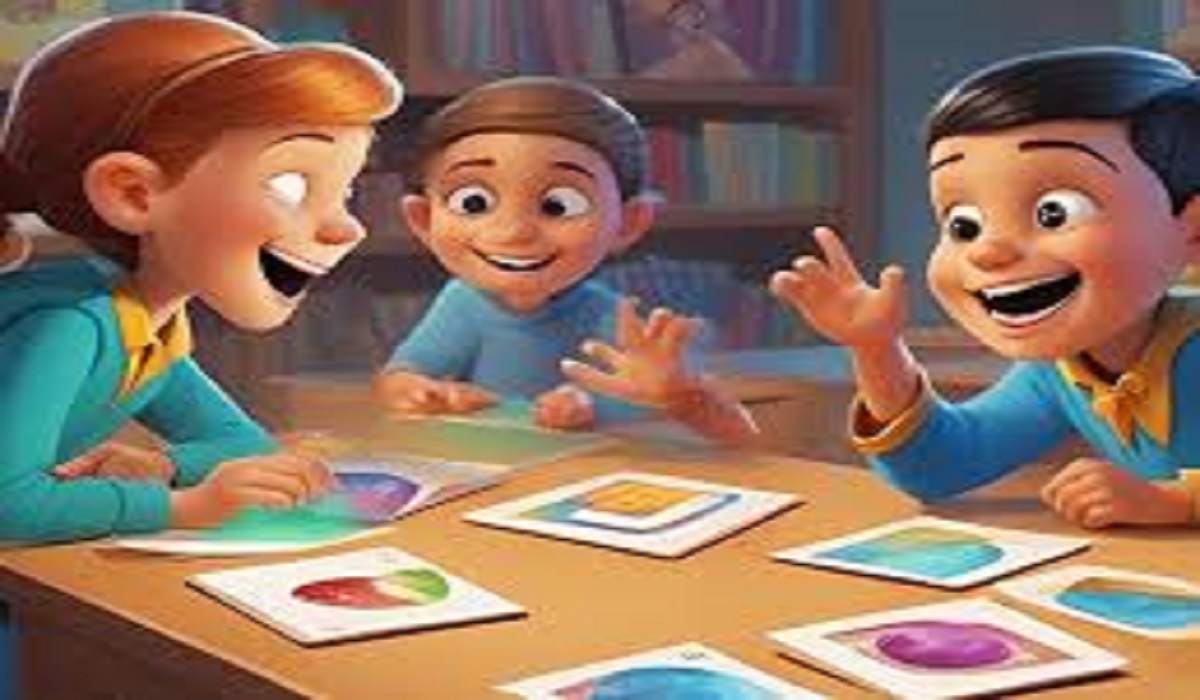The Art of Getting Classmates to Do Your Flashcards
The Art of Getting Classmates to Do Your Flashcards: Flashcards are a proven study tool, but making them can be tedious. What if you could get your classmates to help—or even do them for you? This guide explores clever, ethical strategies to turn group study sessions into a flashcard-making powerhouse.
Whether you’re prepping for finals or just trying to stay ahead, this post will teach you how to motivate peers, create win-win situations, and maximize study efficiency—without being manipulative.
Why Flashcards Work (And Why You Shouldn’t Always Make Them Yourself)
Flashcards leverage active recall and spaced repetition, two of the most effective learning techniques. However, writing them all yourself can be time-consuming.
The Benefits of Delegating Flashcard Creation
- Saves time – Focus on studying instead of writing.
- Different perspectives – Classmates may highlight key points you missed.
- Encourages accountability – Group study keeps everyone engaged.
The Psychology Behind Getting People to Help You
People are more likely to help if they see a personal benefit. Use these principles:
Reciprocity
- Offer to share your notes or quiz them in return.
- “I’ll make the diagrams if you handle the flashcards!”
Social Proof
- If multiple classmates contribute, others will join in.
Gamification
- Turn flashcard-making into a competition (e.g., “Who can make the best set?”).
Ethical Ways to Get Classmates to Make Flashcards for You
1. Start a Study Group & Divide Topics
- Assign each person a chapter to summarize into flashcards.
- Use Google Docs or Quizlet to compile them.
2. Offer a Trade
- Exchange flashcards for summaries, mind maps, or practice quizzes.
3. Use Peer Accountability
- “If we all make 20 cards, we’ll have a full deck by Friday!”
4. Make It Fun
- Turn it into a game (e.g., fastest flashcard creator wins coffee).
5. Leverage Digital Tools
- Apps like Anki, Quizlet, and Brainscape allow collaborative decks.
How to Organize a Flashcard Study Group?
- Choose committed members (3-5 people works best).
- Assign clear roles (e.g., “You cover terms, I’ll cover dates”).
- Set deadlines (“Submit your flashcards by Wednesday”).
- Review together to ensure quality.
Digital Tools to Share & Divide Flashcard Workload
- Quizlet Live – Competitive flashcard games.
- Anki Shared Decks – Pre-made decks or group contributions.
- Google Sheets – Simple way to crowdsource terms.
What to Do If Classmates Resist Helping
- Show the benefits – “This will cut our study time in half!”
- Start small – Ask for just 5-10 flashcards first.
- Lead by example – Make high-quality cards first to inspire others.
FAQs About Getting Classmates to Make Flashcards
1. Is it cheating to have classmates make flashcards for me?
No—as long as you’re contributing in some way (e.g., sharing notes or quizzing them). It’s collaboration, not cheating.
2. What if no one wants to help?
Try offering something in return or starting with just one study buddy.
3. How do I ensure the flashcards are accurate?
Review them as a group or cross-check with lecture notes.
4. Can I use this method in online classes?
Yes! Use shared Google Docs or flashcard apps to collaborate remotely.
5. What’s the best app for shared flashcards?
Quizlet (easiest for groups) or Anki (best for long-term retention).
Conclusion
Getting classmates to help with flashcards isn’t about laziness—it’s about working smarter. By creating a fair exchange, using psychology, and leveraging technology, you can build a powerful study network.
